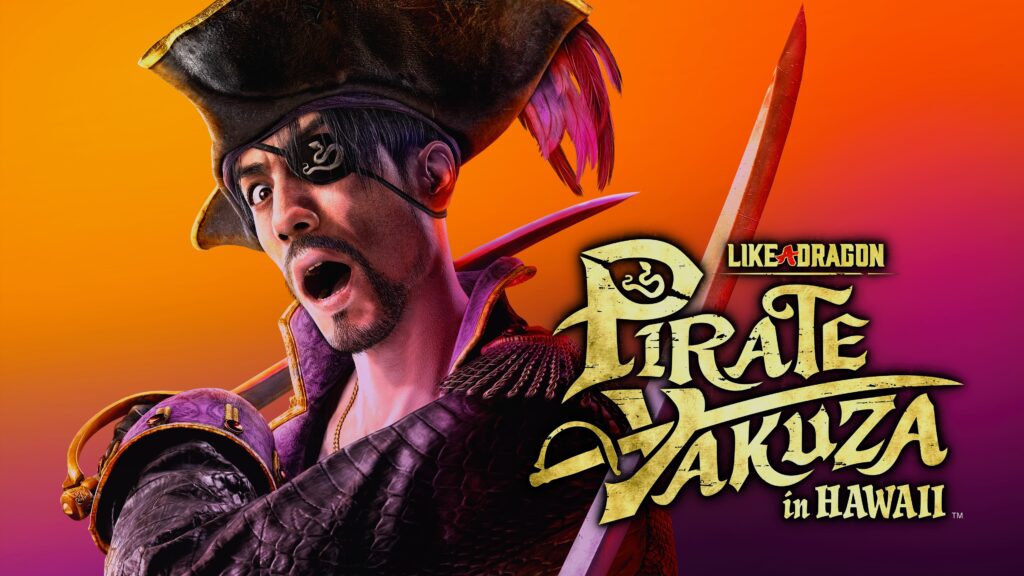Shiver me timbers, the “Mad Dog of Shimano” has his own pirate-themed video game! Goro Majima is a beloved fan favourite from the Yakuza/Life a Dragon series, and while he has been playable in previous series entries, this marks his first series entry as the main solo protagonist. Like a Dragon: Pirate Yakuza in Hawaii is a standalone release, but those who have played Like a Dragon: Infinite Wealth will notice this entry feels more like a massive expansion, as it features many characters, mini-games, and locations from Infinite Wealth. Nevertheless, those looking for a swashbuckling adventure with Goro Majima at the helm will not be disappointed. So, scallywags, batten down the hatches, prepare to walk the plank, and sing your favourite shanty— because there is buried treasure to be found.
No more pirate puns, I promise.
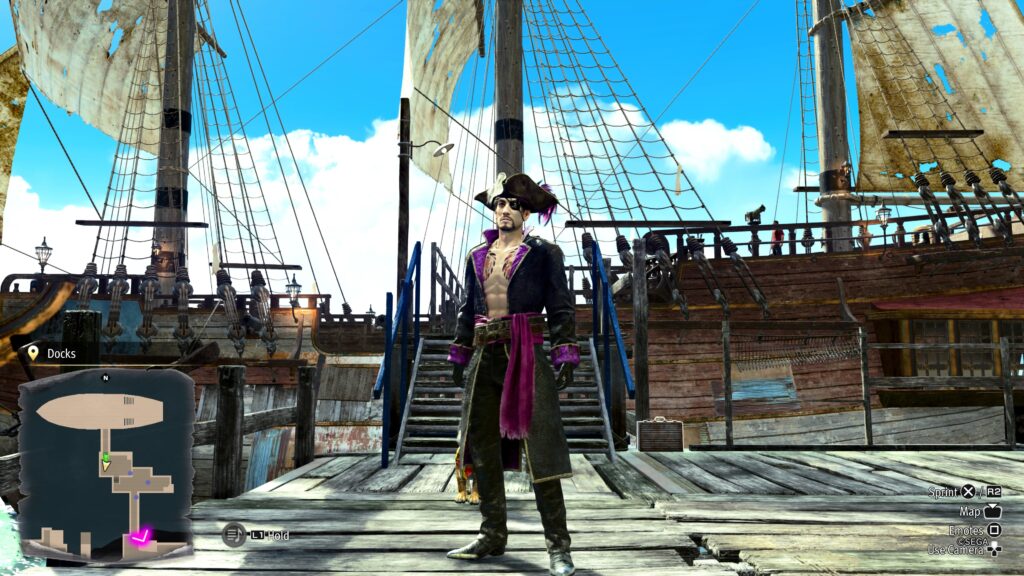
Pirate Yakuza in Hawaii takes place six months after the conclusion of Infinite Wealth’s story, and while this entry can be used as a series entry point, fans of the franchise will definitely appreciate it more. We are introduced to Goro Majima, who has washed onto the shore of a small island and is on death’s door. Thankfully, Majima is saved by a young boy named Noah and his pet cat/tiger, Goro. But cliché alert —Majima has amnesia. He cannot remember his name, his history, or why he is here. The initial few hours of the story are slow, with lengthy and frequent cut scenes, as it introduces an entirely new cast of characters, locations, and villains to the series. Following this introduction, Majima becomes captain of his own ship, the Goromaru, and sets sail to hunt down the fabled Treasure of Esperanza, with Noah and his pirate crew in tow.
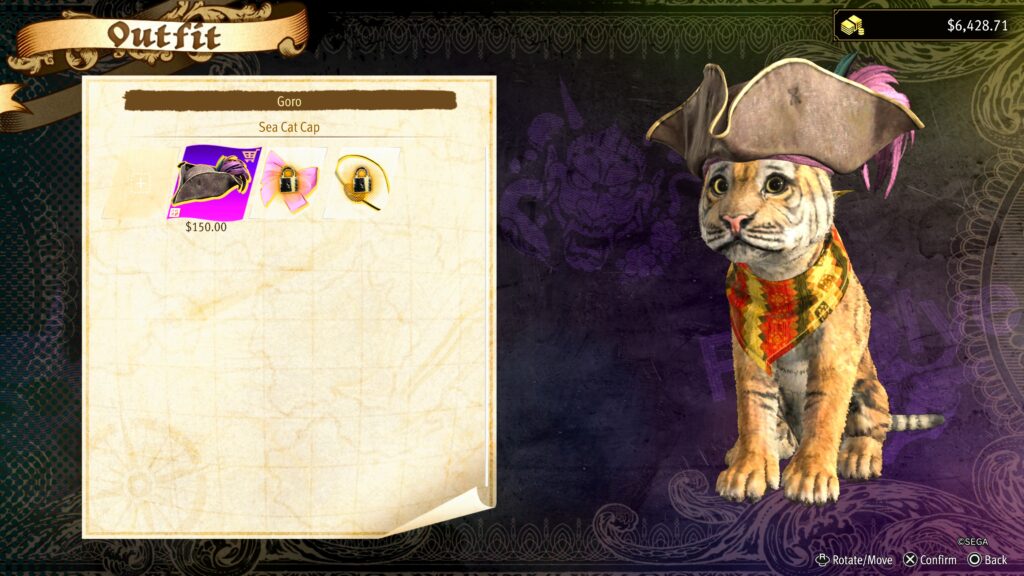
On the surface, the treasure hunt might be considered the driving force of the narrative, but at its core, this story is about the relationship between Majima and Noah. The young boy is dealing with a health condition that has kept him tethered to a small island for most of his childhood. To repay the young boy for saving his life, Majima promises to help Noah ‘see the world,’ and that promise propels the story forward. The main cast of characters are incredibly likeable, from Noah’s drunken father, Jason, to the loveable ship cook named Masaru, and a few other enjoyable cameos. Each character is well-developed, and I loved learning about their histories throughout the adventure. Noah is a fantastic character in his own right, and his bond with Majima never feels forced or unearned.
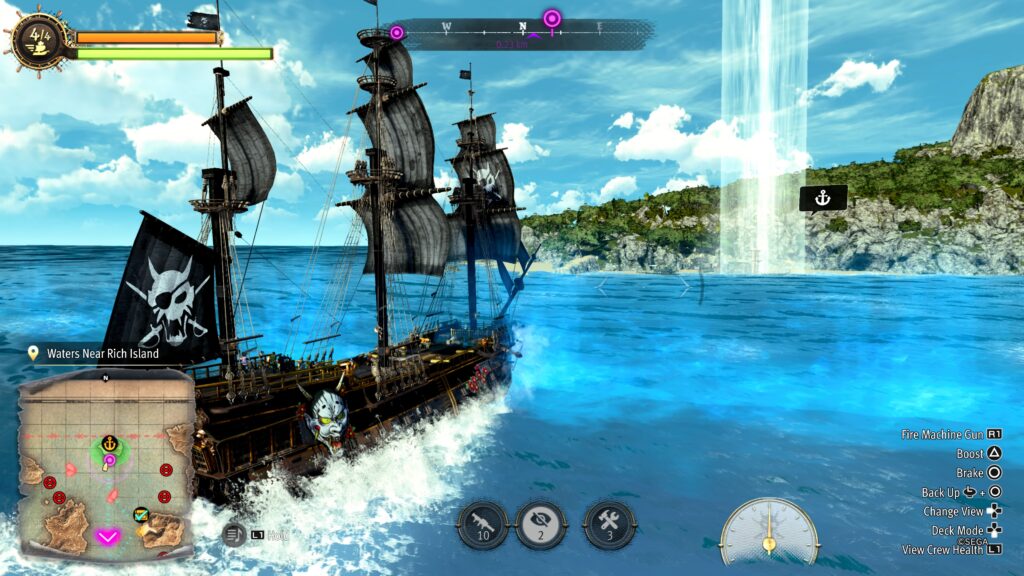
Majima also has a very satisfying arc across the 15–20-hour story (30+ hours if you decide to check out most of the side content), and while he is afflicted by amnesia, he is still very much the Majima we know and love. His ridiculous personality is balanced well by his earnest traits. When Majima is mad or someone he loves is in danger, there is no telling what Majima will do, and that unhinged personality makes him lovable and endearing.
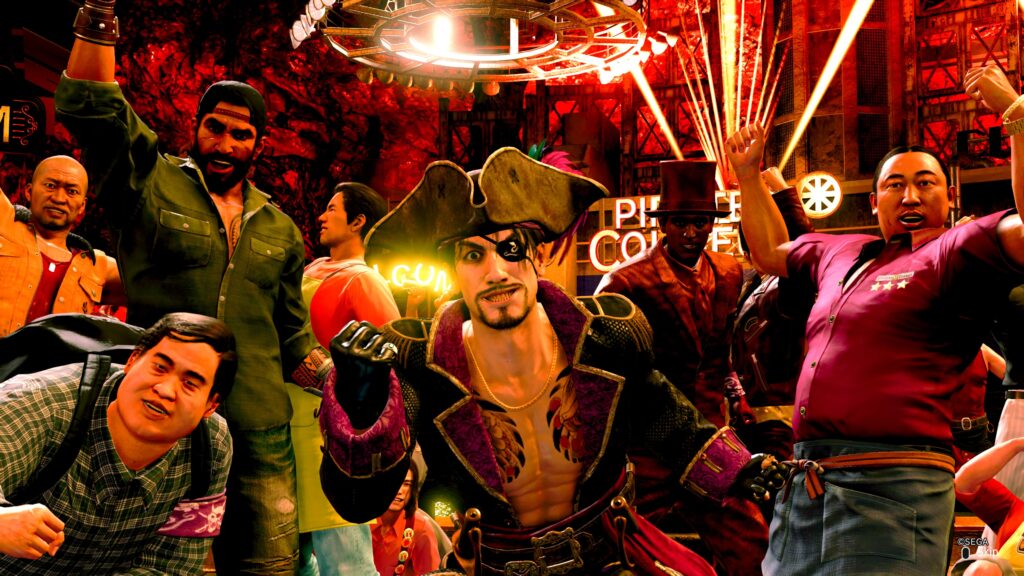
Players will be visiting four main areas on foot; these include Rich Island (starting area), Honolulu (same area as Infinite Wealth), and Madlantis, a pirate-themed underworld with no rules or laws. The narrative feels ripped out of an Uncharted adventure, with the typical twists, drama, and betrayals series fans will expect thrown in for good measure. But the story balances ridiculous and heartfelt moments well. Overall, I enjoyed the story, and I’d place the narrative highly among its series counterparts. However, due to the shorter story, most antagonists felt forgettable and their motivations lacking.
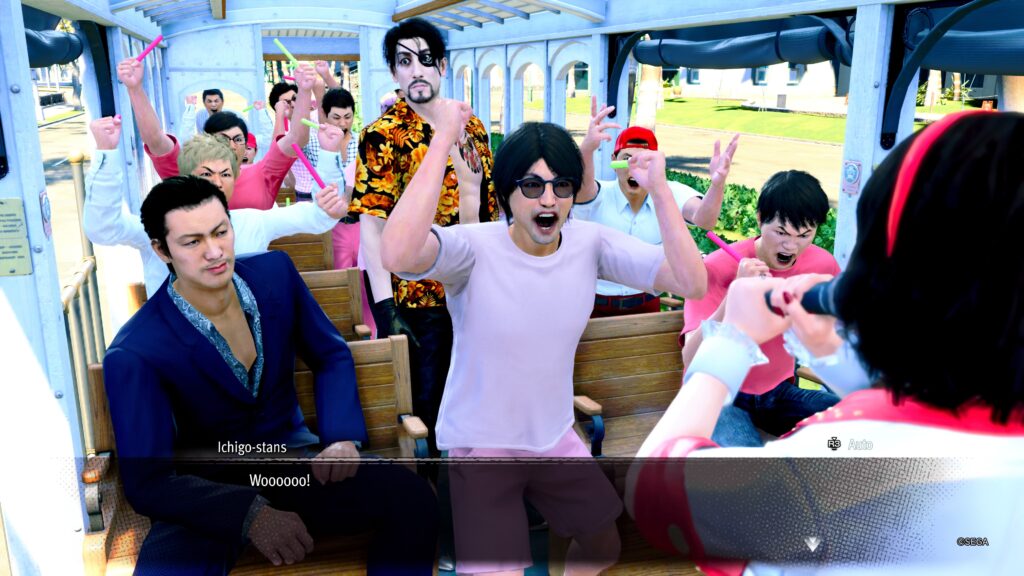
Fans of the series will be happy to know that this adventure also includes new substories, and while there are less than normal, they are just as hilarious and quirky as ever. Majima will ride on an idol tour bus, listen to animals talk, and even go through his own workplace regulatory seminar —each substory brimming with charm and loveable stupidity, with many cameos for series veterans to enjoy. Not only that, but Majima can hunt down powerful bounties on land and sail across the ocean to take down a vicious pirate gang known as the Devil Flags. But that’s not all —most of the mini-games and side activities from Infinite Wealth return, and there are even more ridiculous instances to enjoy across each location. Needless to say, there is a lot of content to be found, which more than justifies the standalone nature of this release.
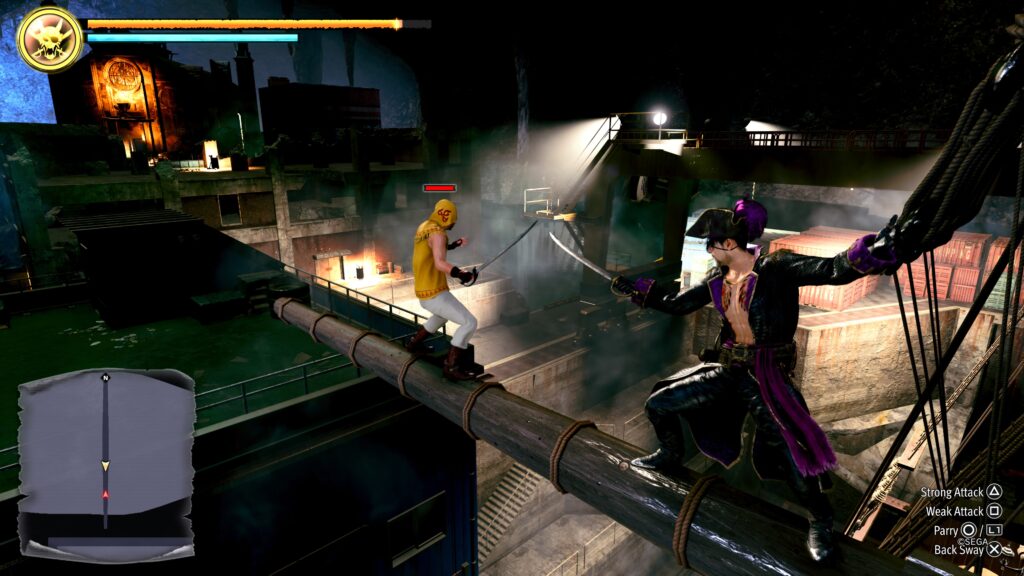
As expected, Pirate Yakuza in Hawaii reuses many assets from Infinite Wealth. As mentioned, you will visit Honolulu, which was heavily featured in Infinite Wealth and is almost identical to our previous visit. Some sections are actually removed, as they have no relevance to this story. As a series fan, I enjoyed revisiting and exploring Honolulu, but new fans of the series should be prepared to see familiar assets from Infinite Wealth appear frequently and often.
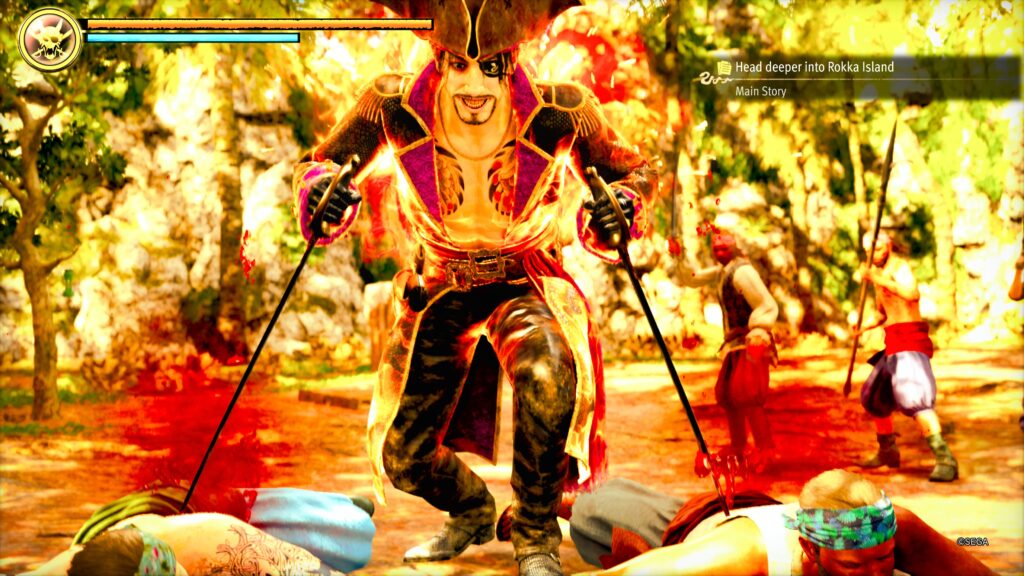
The Like a Dragon series has taken to the seas, and the pirate-themed ocean exploration is a fantastic addition. Players will control the Goromaru and sail across the sea to battle opposing pirates. But this is pirate-themed warfare like you have never seen before, as players can deck out their ship with an assortment of ridiculous weapons and visual styles. Do you find regular cannons boring? Install laser cannons instead. Are machine guns too predictable? Imbue them with ice to freeze your opponents in place. Oh, you can also use a rocket launcher from the deck of your ship for some added style as you sail around the ocean with a Majima bust attached to the front of your pirate vessel.

Ship combat feels like Twisted Metal on the high seas, and it’s absolutely brilliant. Players can boost to drift their ship into the perfect position to attack their wounded foes and even board enemy ships to take the battle to them in hand-to-hand combat. I loved how agile and responsive the ship was to control during battles, and your oceanic combat prowess will be put to the test within the Pirates’ Coliseum, where you will face off against opponents in time-based battles.
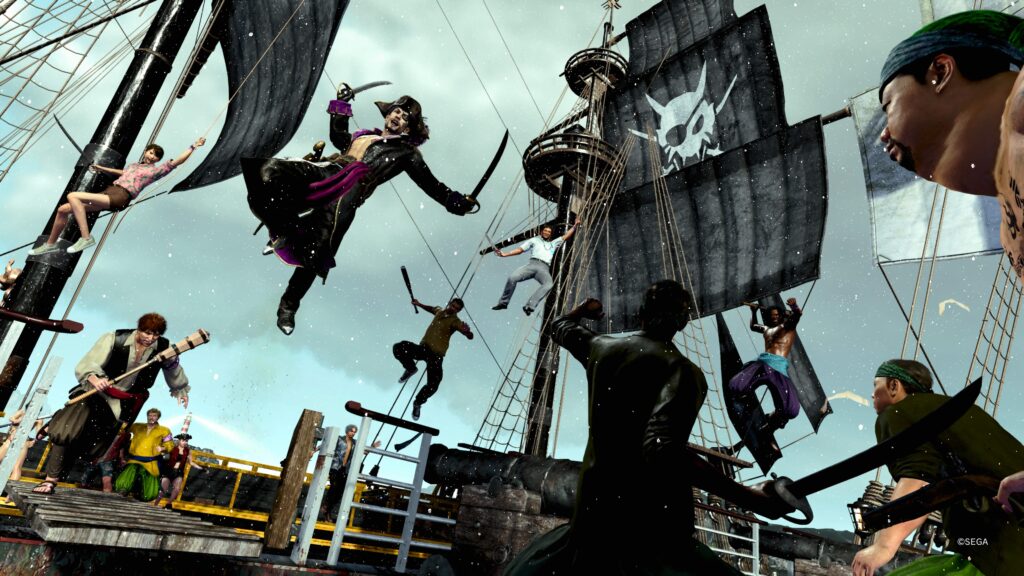
The downside of ocean-based exploration is how slow your ship moves from one location to the next. The development team seems to know this, as the slow traversal has been minimised with the inclusion of conveniently placed wind currents and the inclusion of unlockable fast travel locations. However, I found that due to the large size of each ocean-based hub world, ship traversal was still incredibly slow. It doesn’t help that open-water exploration fails to offer compelling rewards, as most islands provide the same linear-based dungeon experience featured in previous entries. The slow speed, coupled with the rinse-and-repeat linear battles, does very little to encourage ocean-based exploration.
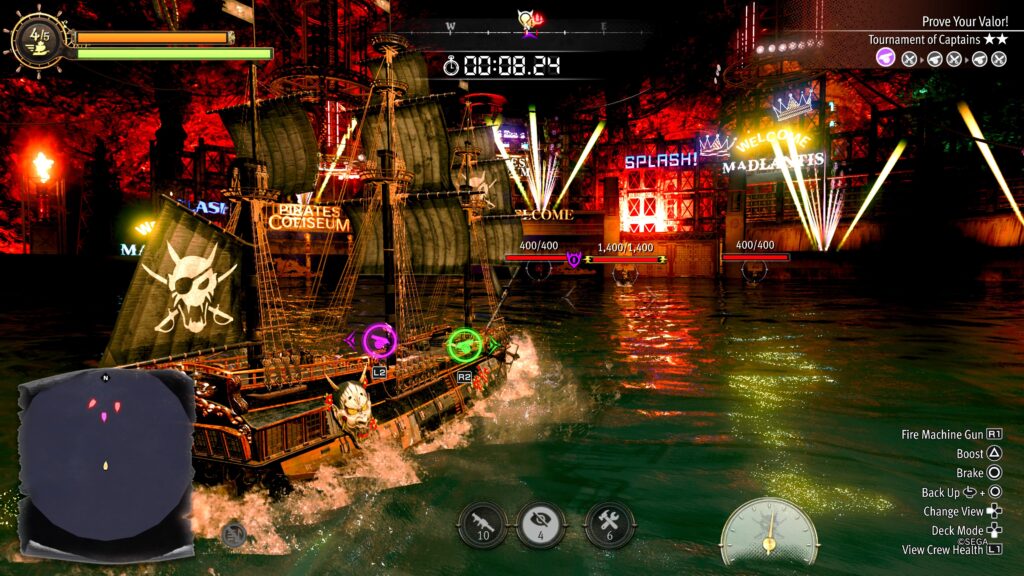
Like a Dragon: Pirate Yakuza in Hawaii returns to the real-time action of previous entries, with turn-based battles absent from this adventure. Goro Majima has access to two different fighting styles, with the first being his signature Mad Dog style. This fighting style is fast and frenetic with his Madness gauge used to summon Majima doppelgangers that will help deliver huge amounts of damage to your opponent. The other style is called Sea Dog, and I absolutely love it. In this style, Majima is ridiculously quick and wields two cutlasses, which he can use to cut down his enemies or even throw them like sharp boomerangs. In Sea Dog style, Majima can use his Madness gauge to play cursed instruments that summon different creatures to help deliver punishment to his enemies. Sea Dog style is ridiculous, exhilarating, and so much fun.
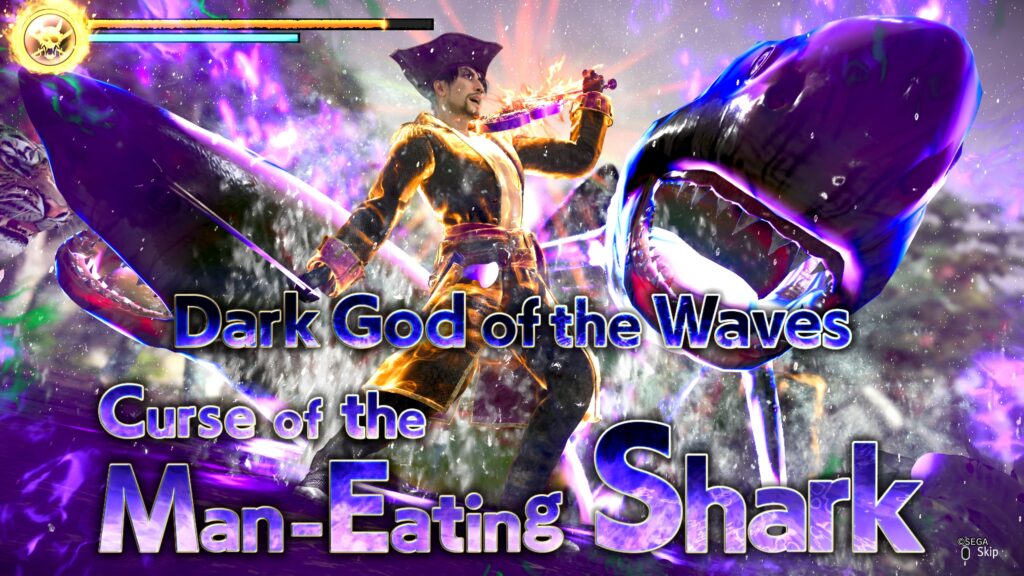
Pirate Yakuza in Hawaii features some of the biggest battles in series history, with some encounters featuring over 100 enemies on screen in all-out warfare. Impressively, during these intense and chaotic battles, the game never struggled, delivering smooth combat encounters that would make any Dynasty Warrior fan salivate. Majima also has access to a grappling hook, which can be used to zip around the battlefield like Spider-Man. The grappling hook also allows players to deliver Mortal Kombat-esque finishers that would make Scorpion jealous; even the majority of companion finishers are incredibly brutal. Regardless of your fighting style preference, hand-to-hand combat is satisfying, free-flowing, and violent.
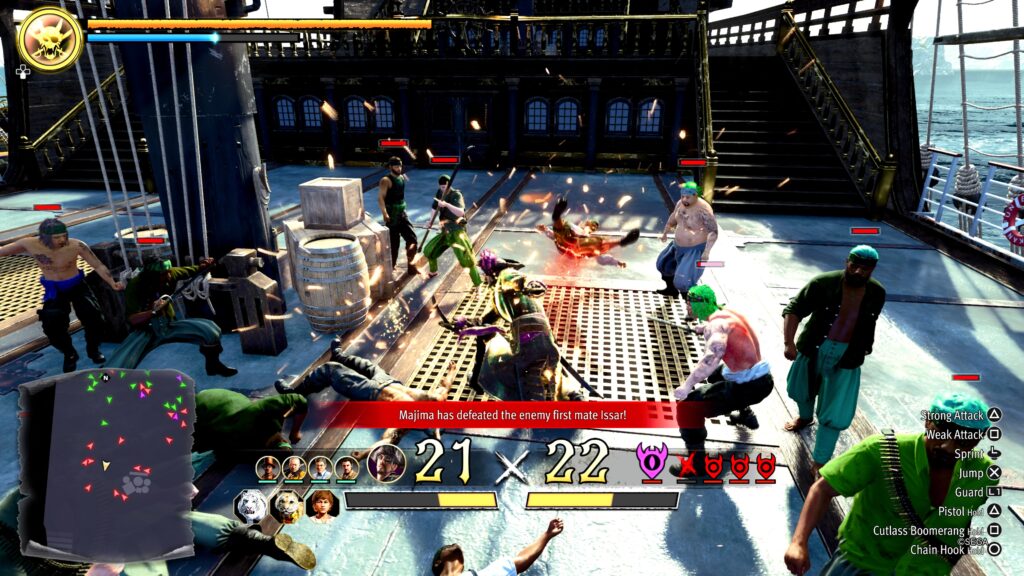
The soundtrack includes many iconic tracks from the series and even some surprise fan service to other video games. But it also delivers many new tracks, including a fantastic pirate-themed song that features prominently during the initial hours of the game. Music is also used perfectly to heighten the intensity of combat, both on sea and land. There is also a feature that allows players to play songs as they travel on land and sea, which does help alleviate some of the slow ship travel I mentioned earlier.
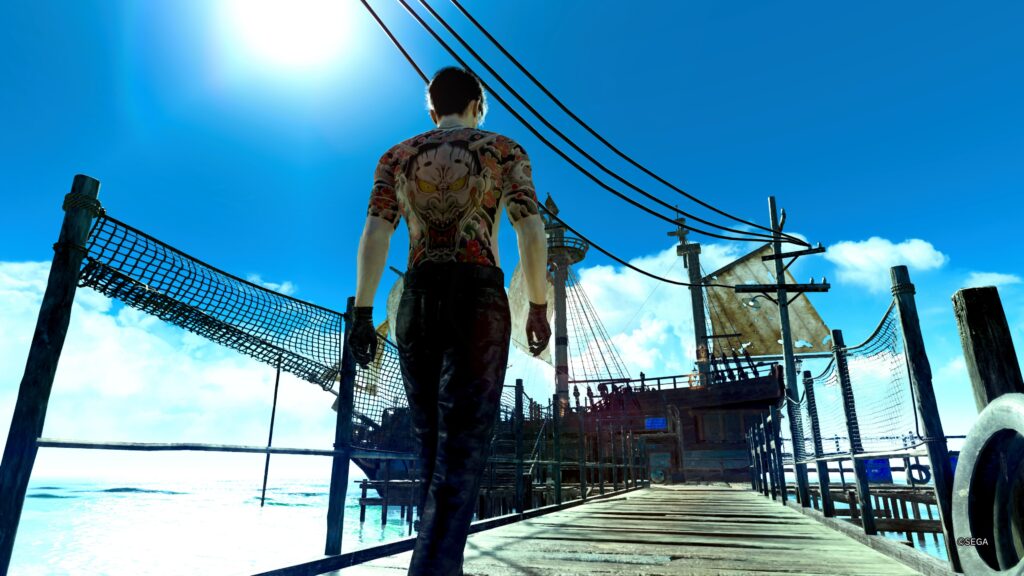
Infinite Wealth was the most visually impressive entry in the series, and Pirate Yakuza in Hawaii is no different, delivering the same fantastic graphical quality of its predecessor. Aesthetically, Madlantis is the most visually compelling location across the adventure, with this hidden pirate paradise housing so many stunning visual details. The pirate themes also carry over to the menus, with this entry providing the most visually impressive menus of the series thus far.
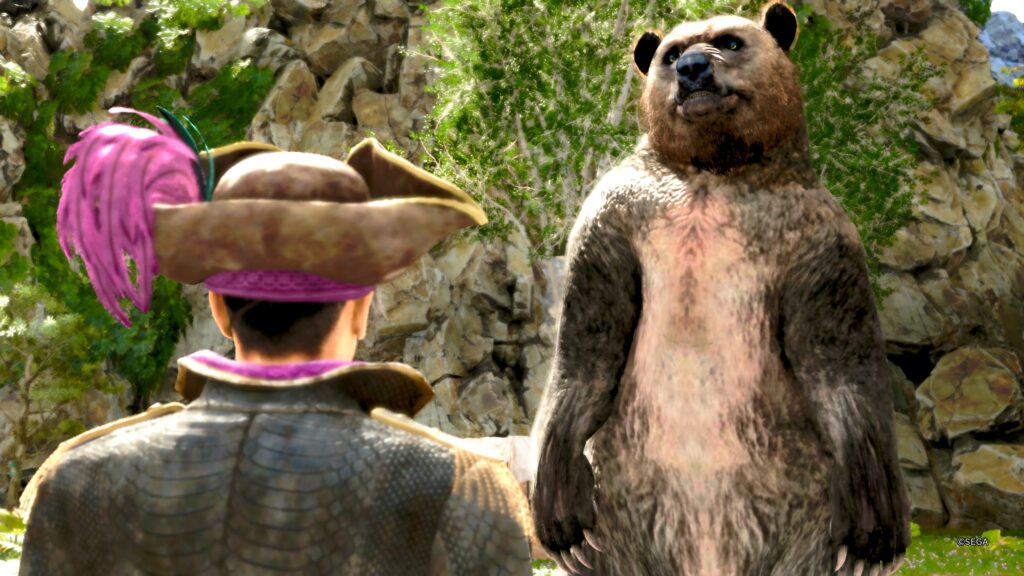
Exploring the oceans is visually striking, especially during large-scale storms that can suddenly appear, causing twisters, whirlpools, lightning strikes, and vicious waves. These storms also add an additional challenge to ship combat, as the waves can cause perfectly timed artillery fire to miss targets completely. This delivers both additional challenge and visual delight to combat encounters as you navigate the high seas during an ominous ocean storm.
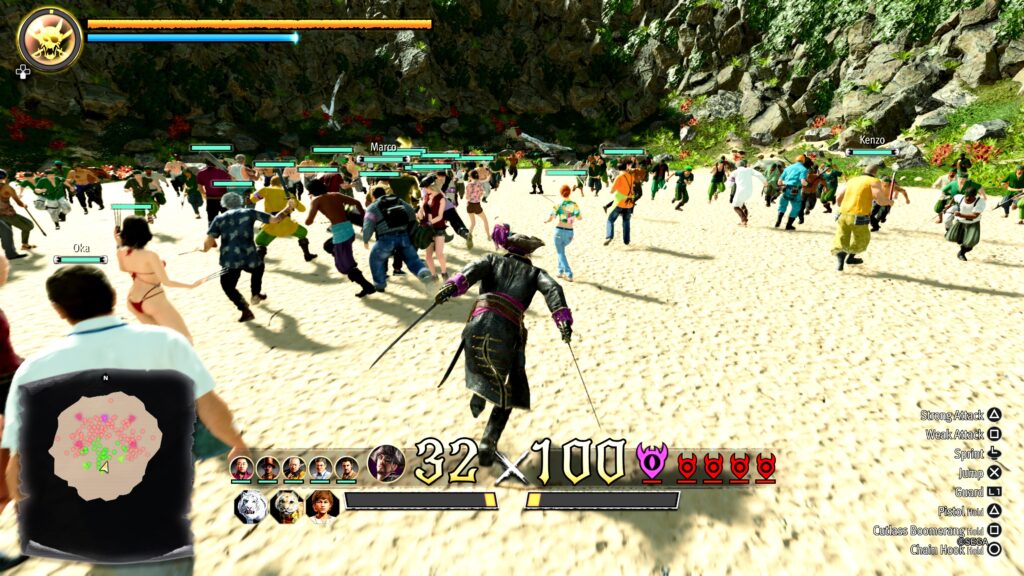
There was only one consistent technical issue I noticed was when story-based battles would conclude. Following the battle, the game would hang for 5-10 seconds as a cutscene would obviously load in the background. This wasn’t a major issue, but it’s worth mentioning and is hopefully removed during a future update.
LIKE A DRAGON: PIRATE YAKUZA IN HAWAII REVIEW
FANTASTIC
8.5
Like a Dragon: Pirate Yakuza in Hawaii delivers a Majima-centric adventure with over-the-top pirate flair and a likeable cast of characters. I can confidently say this instalment provides the best combat in the series, with Twisted Metal-style ocean battles and exhilarating hand-to-hand combat. Despite some forgettable villains and slow ship-based exploration, Pirate Yakuza in Hawaii is genuinely fun and makes me crave more Majima games in the future.
Pirate Yakuza in Hawaii is a perfect entry point for new players, but long-time fans will appreciate this instalment even more. Even if you have never played a Yakuza or Like a Dragon game, this is a riveting pirate experience that reiterates that video games are sorely lacking swashbuckling adventures.
PROS
- Lovable cast of characters
- Quirky and fun substories
- Exhilarating hand-to-hand combat
- Twisted Metal combat on the high seas
CONS
- Forgettable villains
- Ship exploration is very slow
Reviewed on PS5. A review code was provided by the Publisher for purposes of this review.
